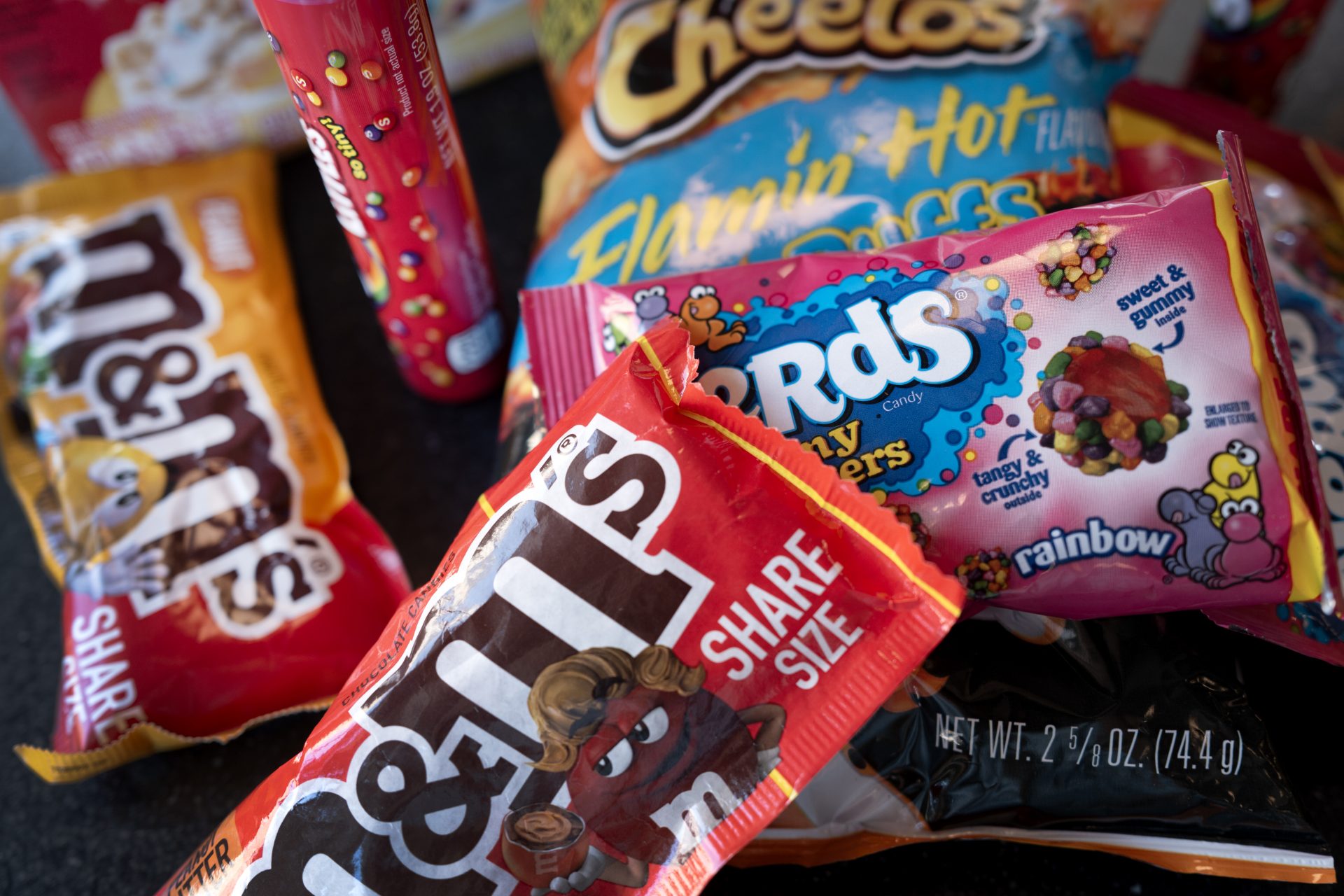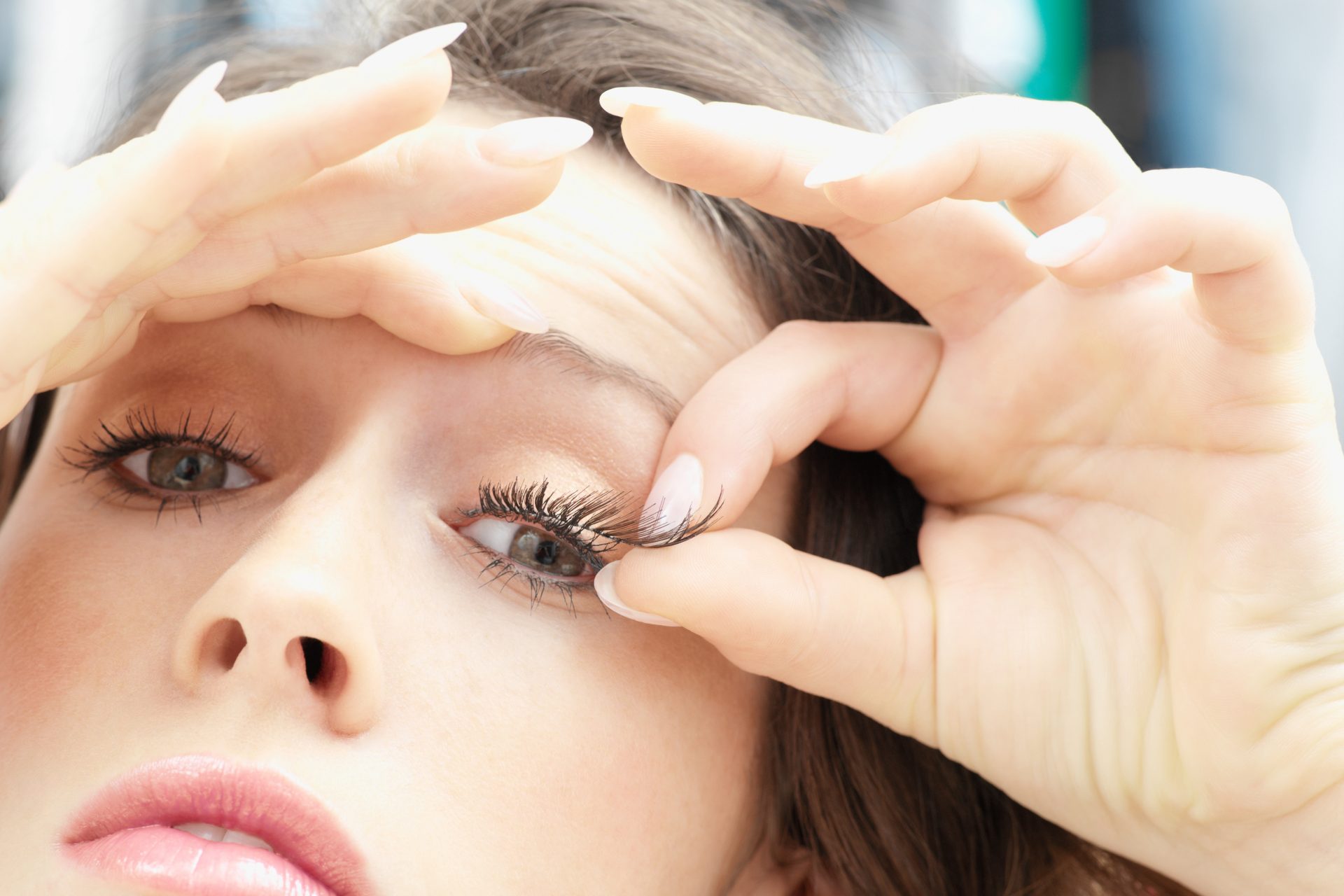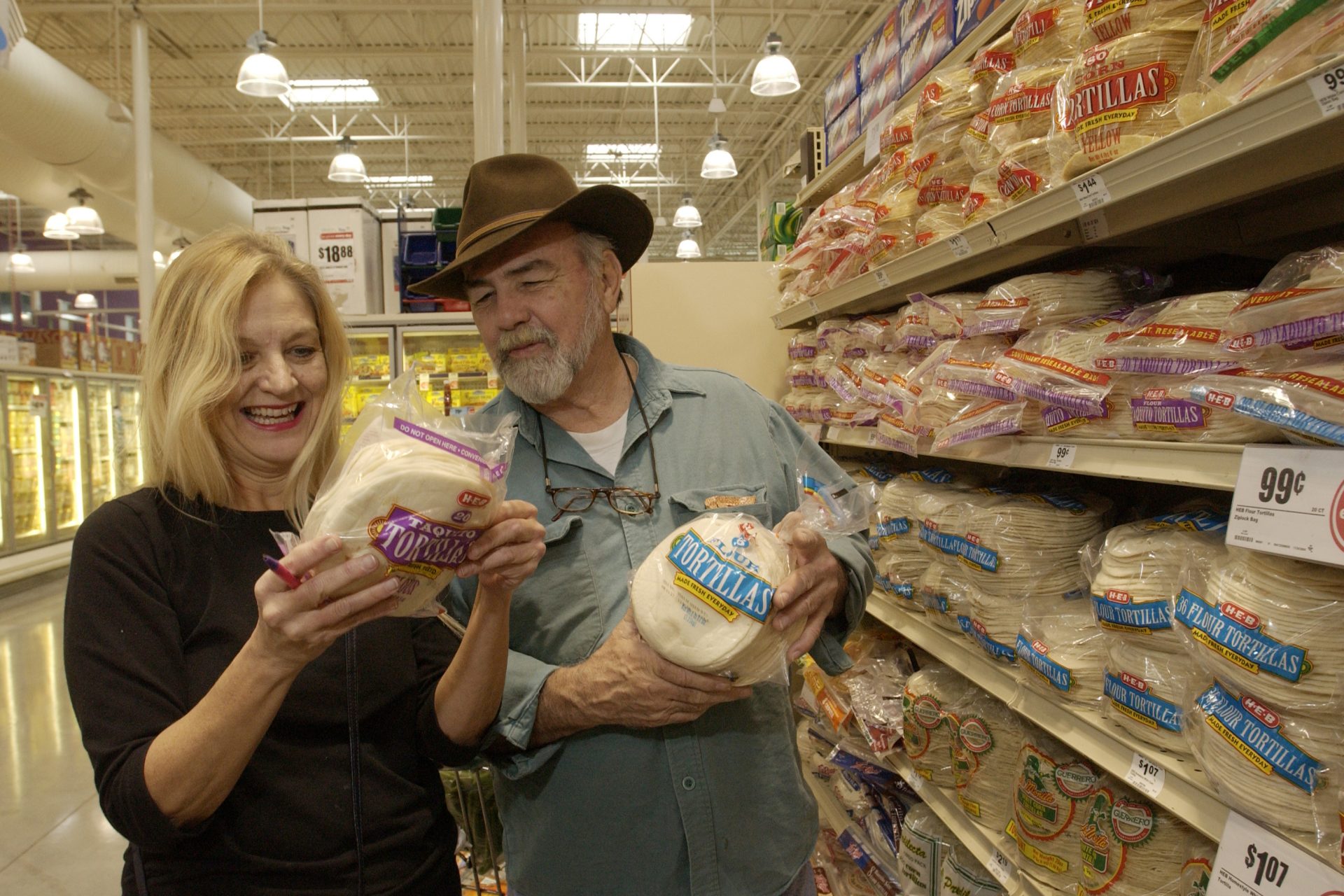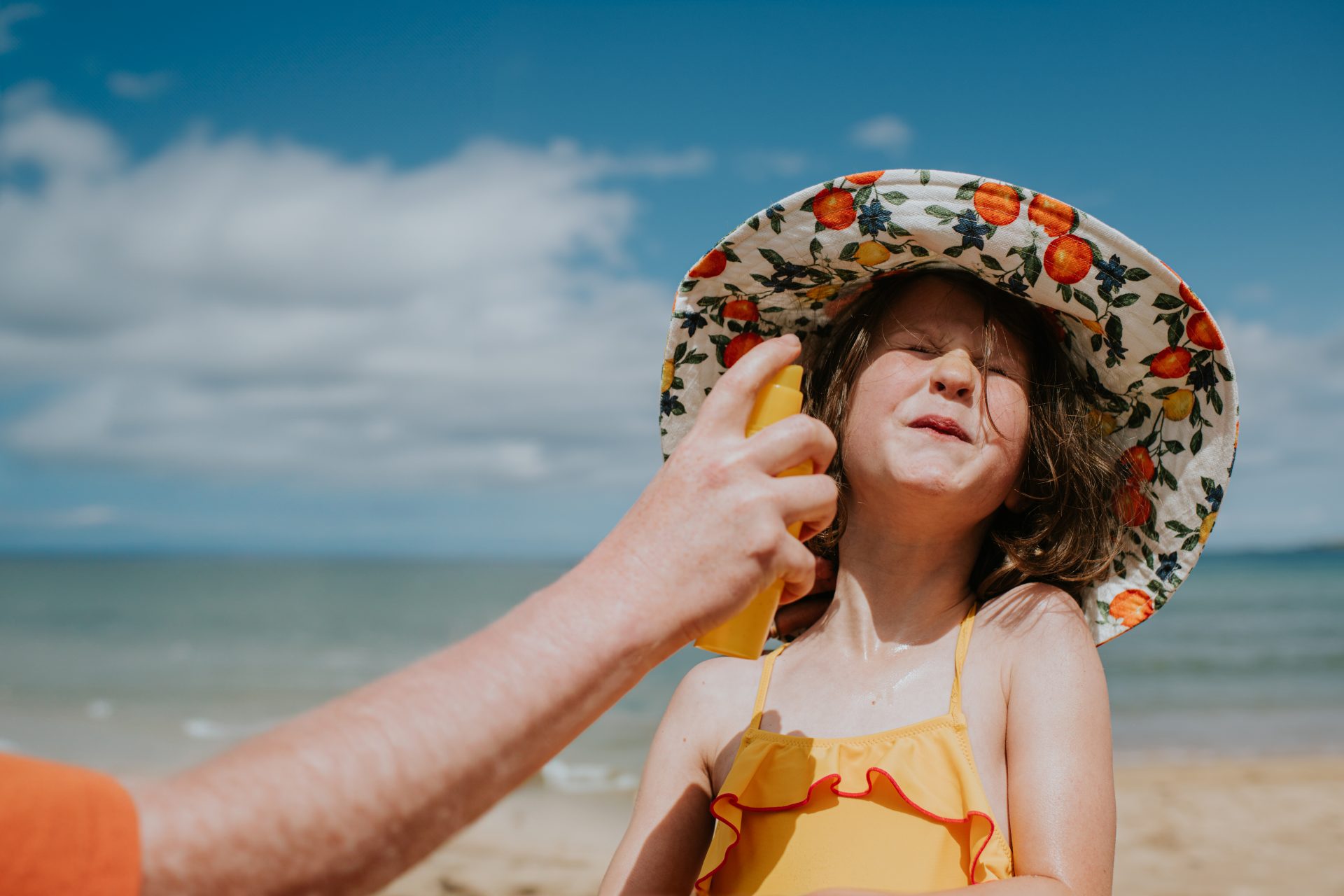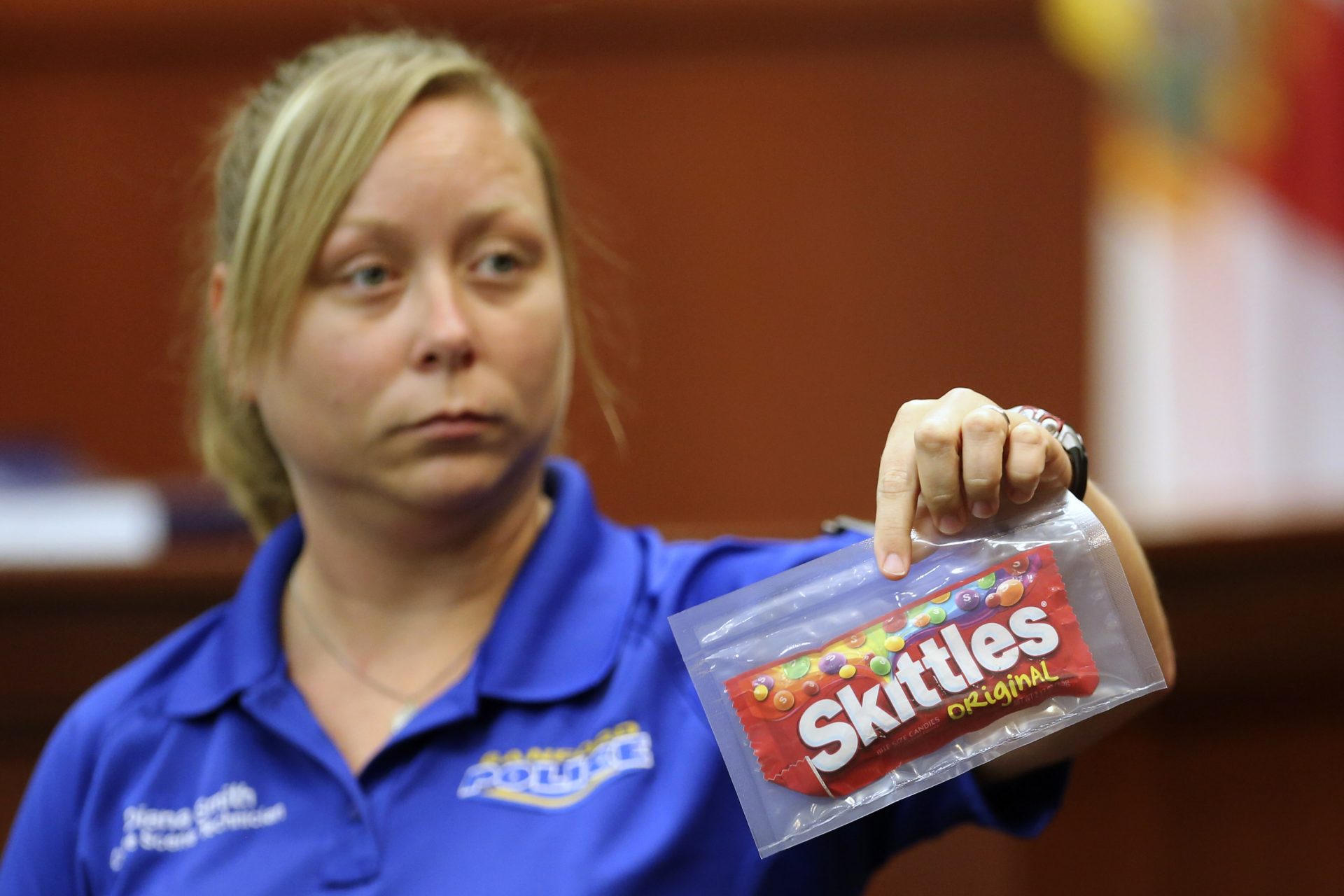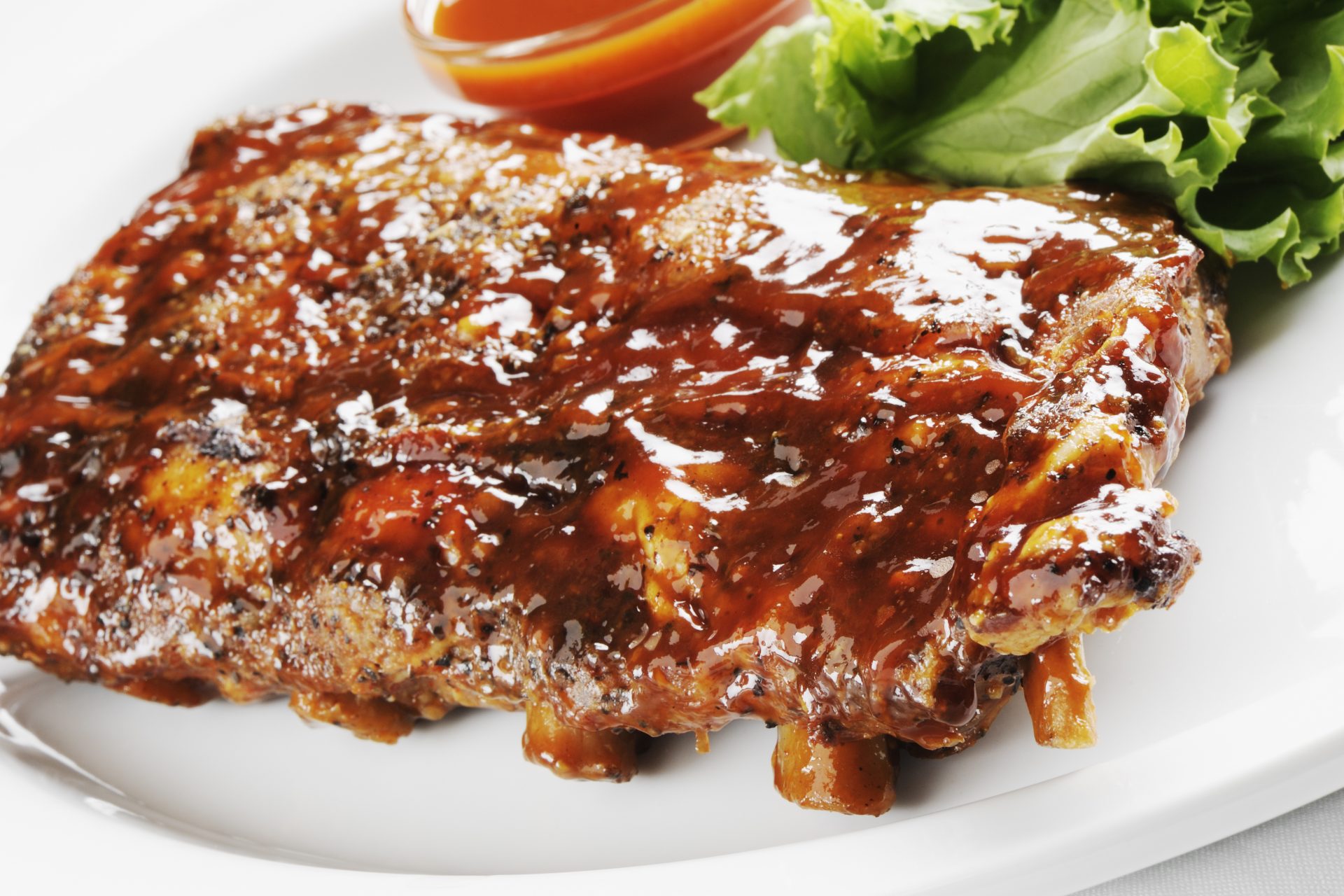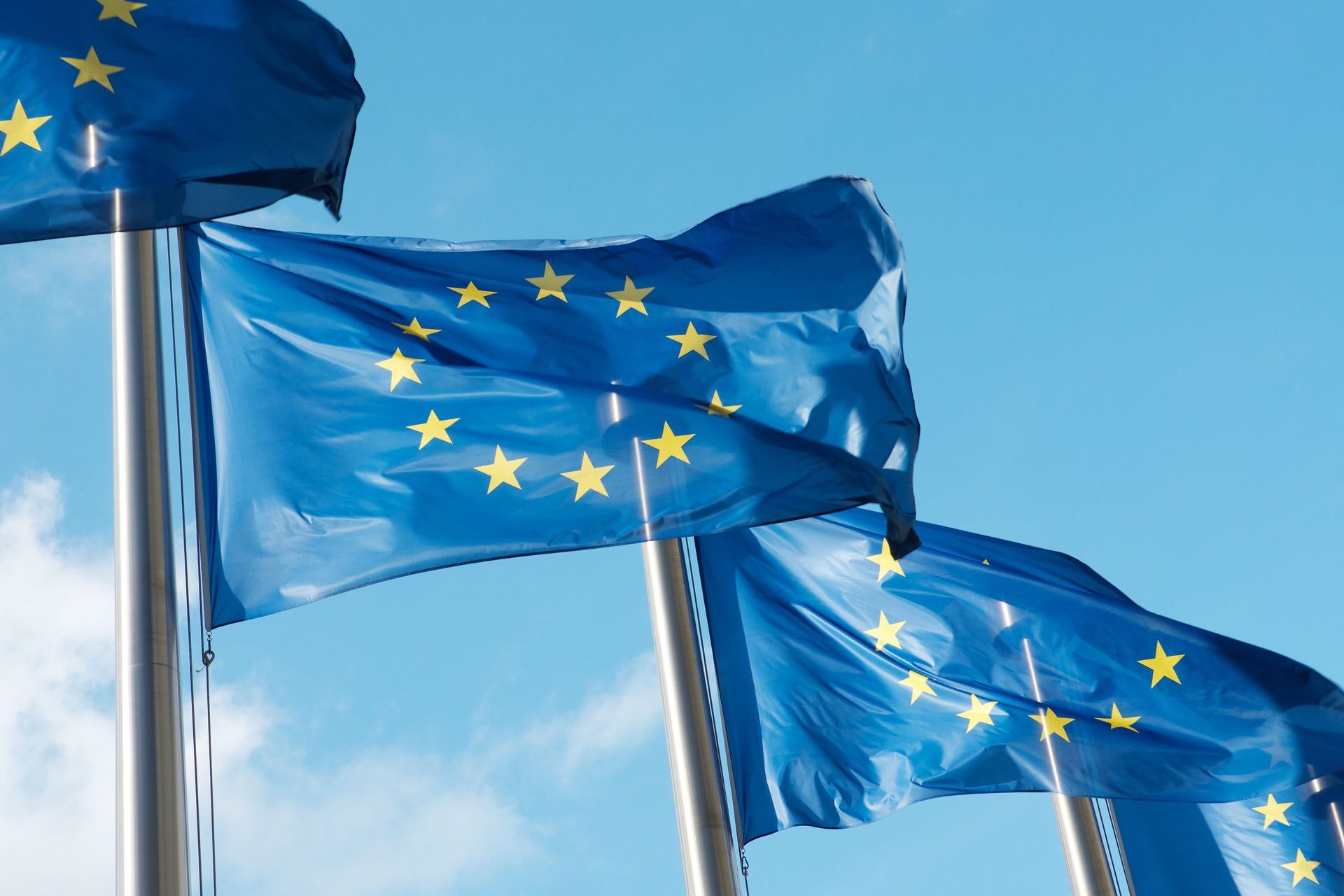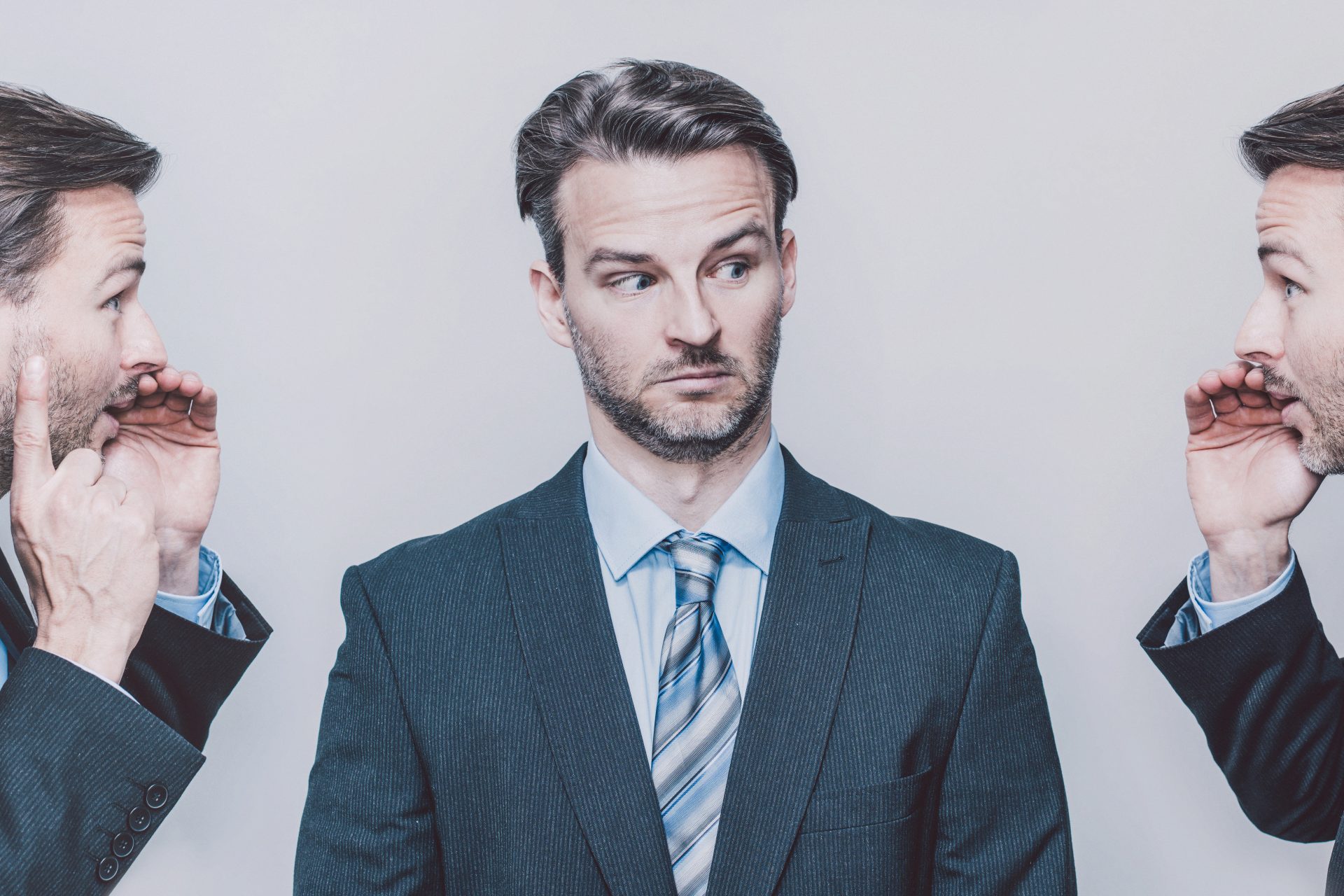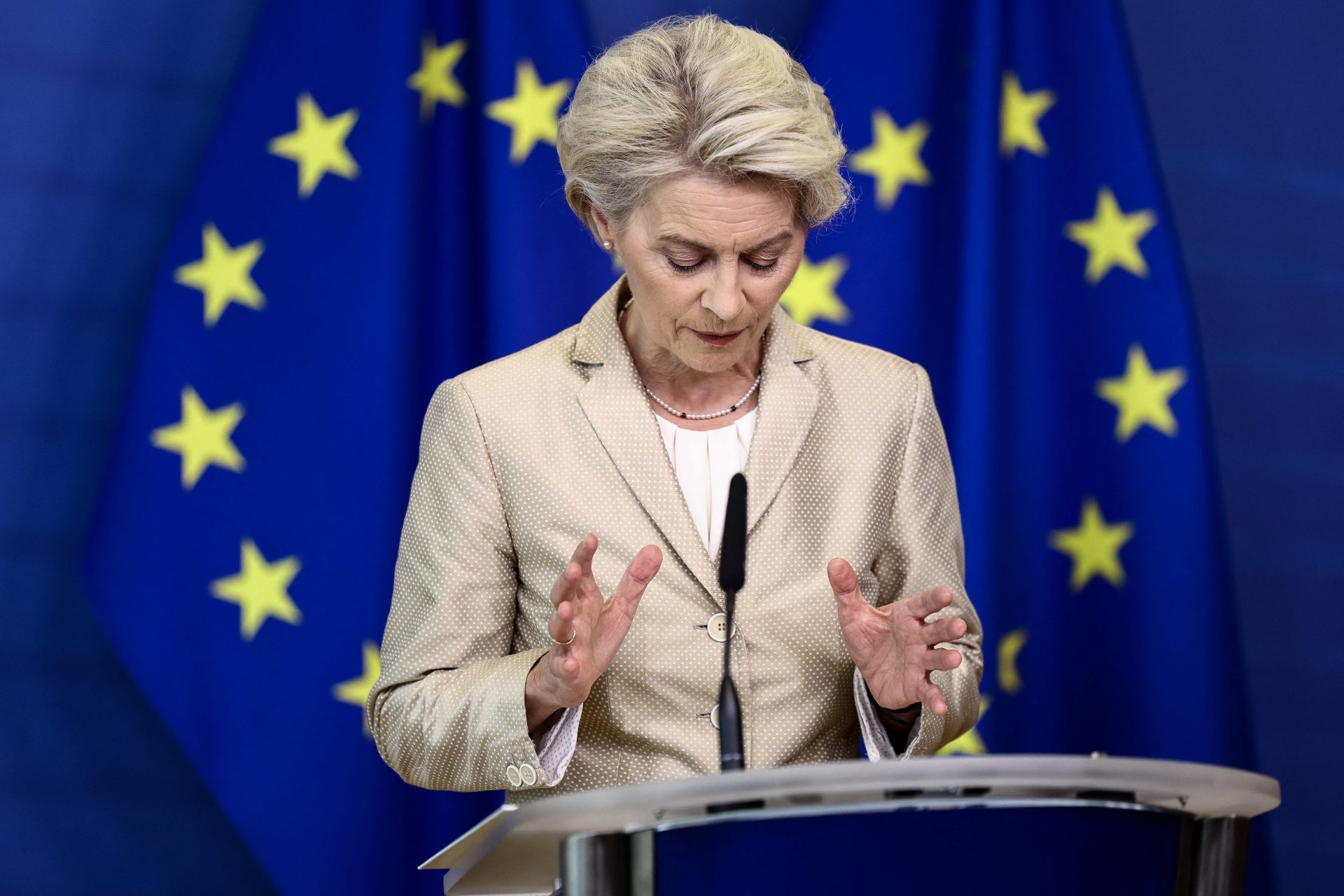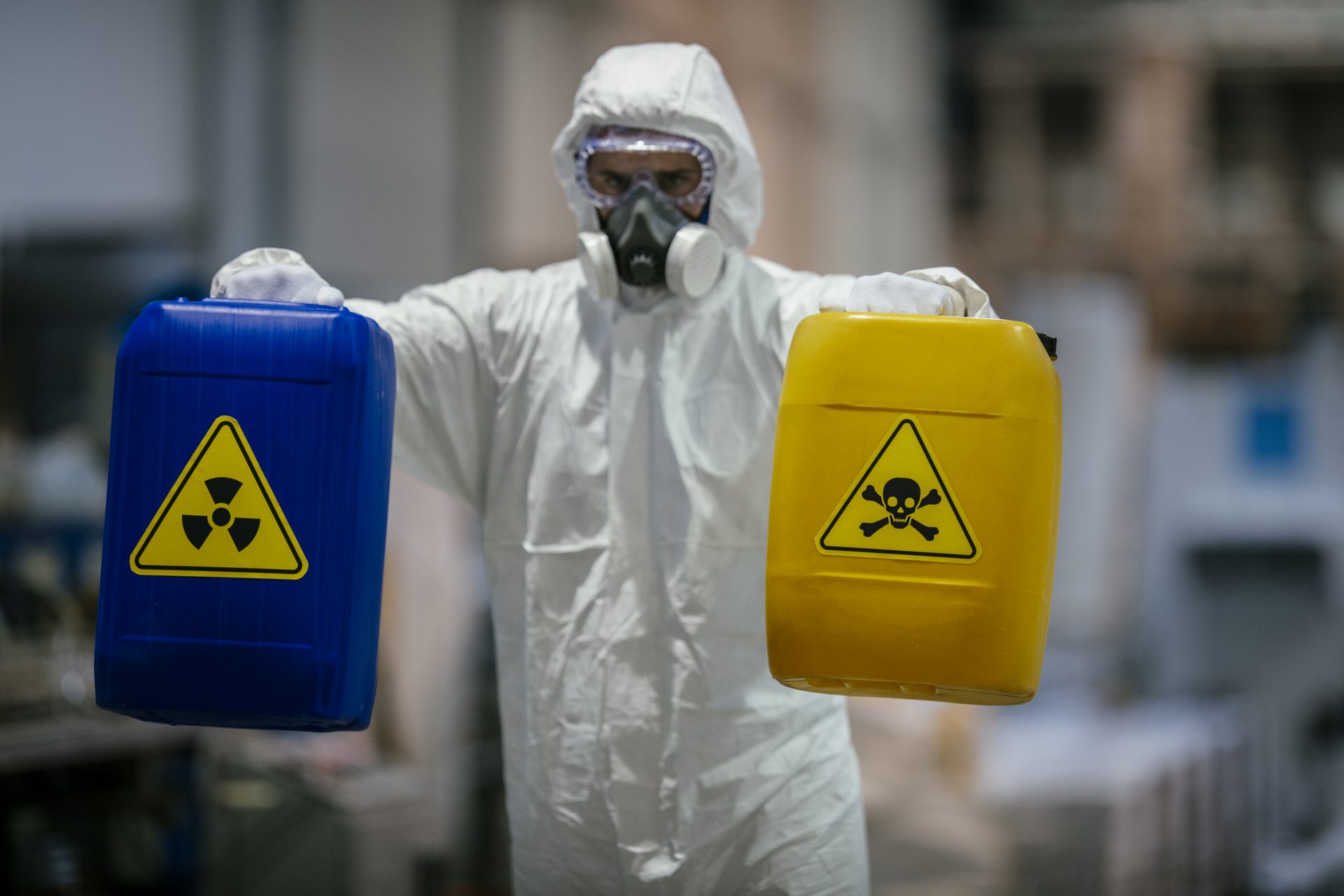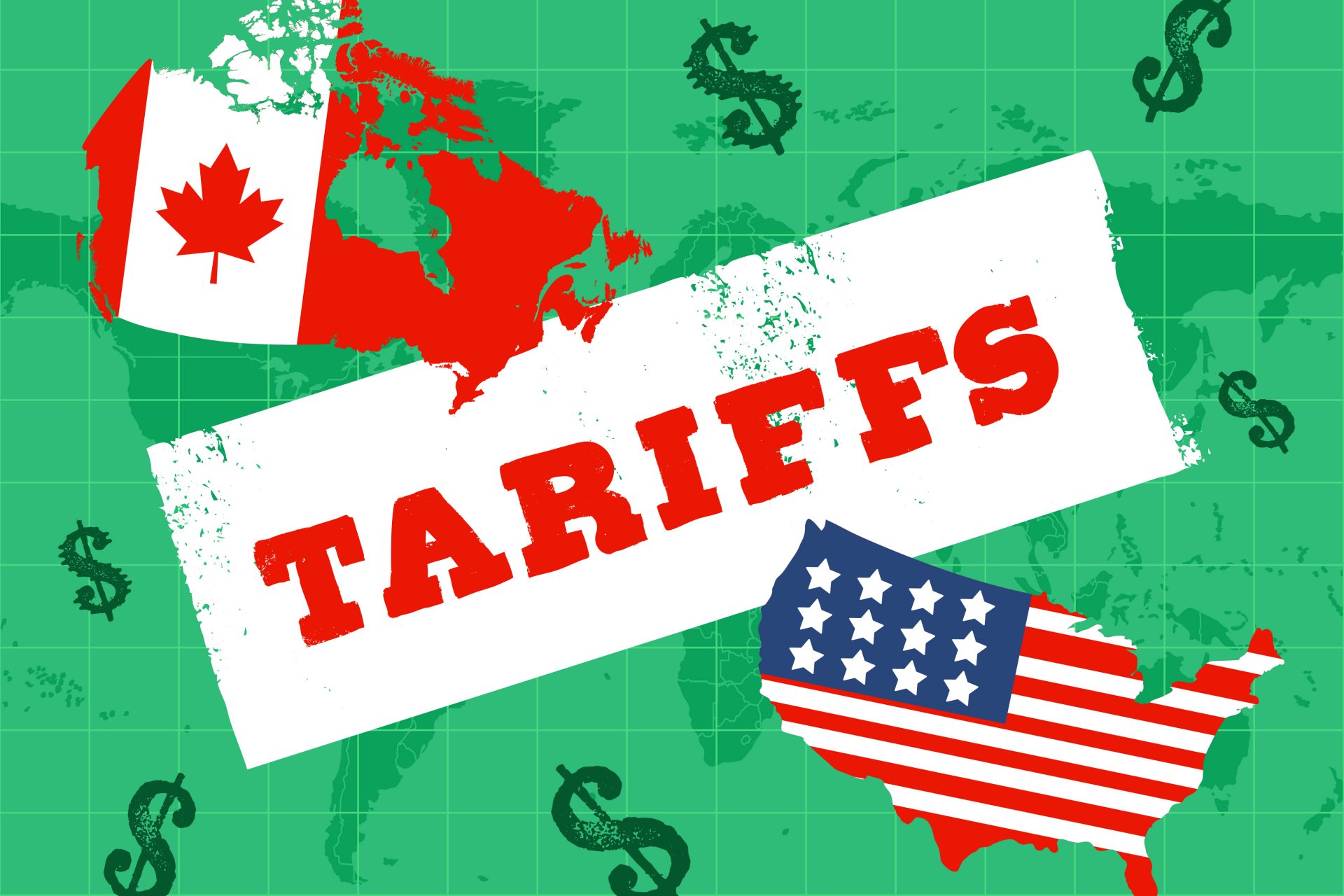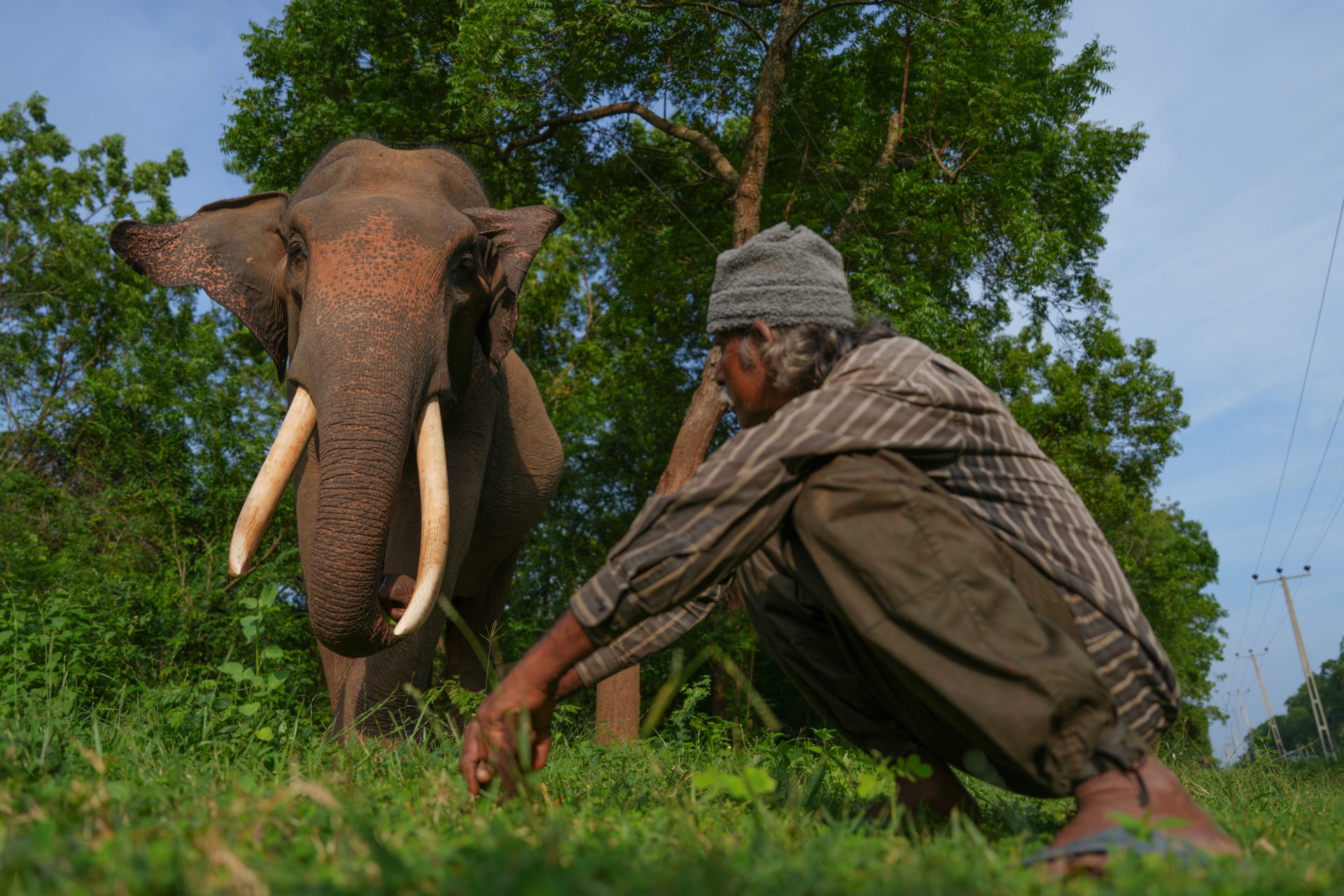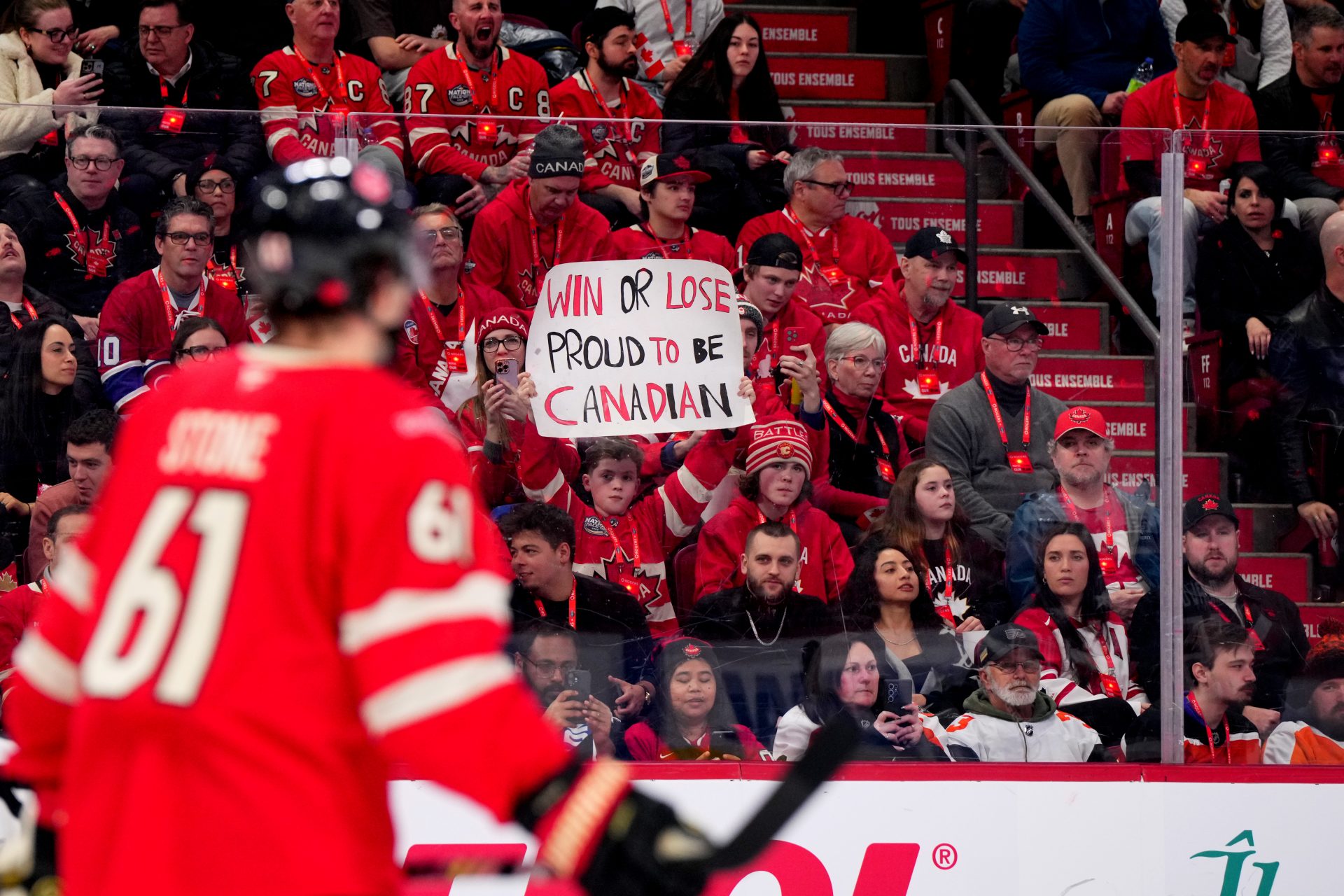Why are these chemicals banned in Europe but not the US?
Used in breads to improve strength and allow for higher rising, potassium bromate is a potential human carcinogen. It is banned in several countries like the EU, China, India, Brazil, and Canada. However, in Oct. 2023, California approved a law to ban it in foods by 2027.
This smelly chemical is commonly found in hair straightening treatments, nail polish, and eyelash glue. Known as a carcinogen, it can cause breathing issues and is banned in Europe but legal in US-made cosmetics, and as one 2019 study found, is sometimes even lurking in US nail polish marketed as “non-toxic” or that doesn’t list formaldehyde as an ingredient. In the EU, the regulation is set to get even stricter in 2026.
Initially patented as a flame retardant, BVO is used in certain juices and citrus-flavored sodas as an emulsifier. But research has found that it accumulates in human tissues, potentially causing memory loss, skin rashes, appetite loss, heart problems, major organ damage and birth defects. It was banned in the UK in 1970, the EU in 2008, followed be Japan and India. Despite the risks, the FDA didn't move to ban it until the summer of 2024.. and it's still not the last country to do so!
Used in the US in products like tortillas, muffins, and sausage rolls as well as water-based cosmetics like shampoos and creams, propylparaben has been linked to effects on hormones and fertility. It is suspected to be linked to breast cancer and has been banned in the EU since 2006 in food and since 2015 in cosmetic products. California is set to ban it in 2027.
Artificial food dyes are petroleum-derived substances that make soda, candy, snacks, condiments and other foods colorful, but their safety is controversial. In Europe, foods with certain common dyes are allowed, but they must carry a warning label stating that they: “may have an adverse effect on activity and attention in children.” With that, many food manufacturers that sell foods in Europe reformulated their products to eliminate those dyes and avoid the label.
Image: Luis Aguila/Unsplash
Also called the “yoga mat” chemical because its primary use is in plastic and rubber products like yoga mats and flip flops, this industrial chemical is also used as a whitening agent in cereal flour and as a dough conditioner in bread baking in the US. However, since it has been found to break down into potentially risky chemicals upon baking and potential links to asthma and respiratory issues, it’s banned in Australia and Europe.
These are synthetic antioxidants used in dry mixes, cereals, chewing gum, and dehydrated potato products — but also in rubber, pharmaceuticals, cosmetics and petroleum products. Considered possible carcinogens and endocrine disruptors, BHA and BHT are banned or severely restricted for use in food and beverages in the UK, European Union, Japan, and other countries.
In 2022, EU researchers concluded that the popular sunscreen ingredient is not safe in concentrations above 0.5% and set that limit. But according to Bloomberg, many US sunscreen makers still rely on the ingredient in concentrations as high as 15%. EU regulators are also building a case to ban octocrylene, another common sunblock ingredient to make it waterproof.
Used for coloring in products like Skittles, Starburst, baked goods, and sandwich spreads, titanium dioxide can build up over time in the body and has been shown to be genotoxic (aka it might change DNA), potentially leading to carcinogenic effects. It was banned in Europe in 2021. In 2022, a class-action lawsuit was brought against Mars in the US for selling Skittles, which lawyers argue is “unfit for human consumption.”
Used in kevlar and as well as hair, eyebrow and eyelash dyes, and sometimes as a substitute for henna, is this chemical that the American Contact Dermatitis Society once voted Allergen of the Year. It was totally banned in the EU in 2020, after scientists concluded that there was no sufficient margin of safety for the chemical.
In 2023, European safety evaluators assessed eight smoke flavorings on the EU market, which were due for renewal and could not rule out concerns over genotoxicity for any of them! IOn 2024, member states endorsed their withdrawal from the market. These flavorings are added to food like meat, fish and cheese as an alternative to the traditional smoking process. They are also found in sauces (think BBQ), soups, potato chips, drinks and more…
Unlike the US, the EU has banned several phthalates, which can make plastic more flexible, in cosmetics. These chemicals are widespread in things like makeup, shampoo but also vinyl flooring and shower curtains, for example. They have been linked to reproductive defects and allergies. Both countries have limits on some phthalates in toys or food materials.
The EU often adheres to the precautionary principle, banning substances with potential health risks even if definitive evidence is lacking. In contrast, the US may permit these substances until proven harmful, prioritizing scientific certainty over precaution.
“The system for ensuring that ingredients added to food are safe is broken,” Lisa Lefferts of the Center for Science in the Public Interest told The Guardian. Besides different lobbying frameworks, the US lacks an independent agency that evaluates food safety and instead allows companies to rely on their own experts, according to the report. Europe has the European Food Safety Authority (ESFA) to do that around food additives.
While the EU has one of the most stringent regulatory systems, expert observers suggest the main EU framework, called REACH (Registration, Evaluation, Authorisation and Restriction of Chemicals) risks unraveling and not being updated on time, in part due to the $33.5 million spent on chemical lobbying in the EU last year, according to Environment Health News.
Experts told Environment Health News that this is important because EU regulations benefit not only European consumers, but also people around the world. That’s because many global manufacturers adjust their production to meet EU regulations instead of making different products for different countries. Meanwhile, the research is also public and can be used by other regulators or companies.
More for you
Top Stories



